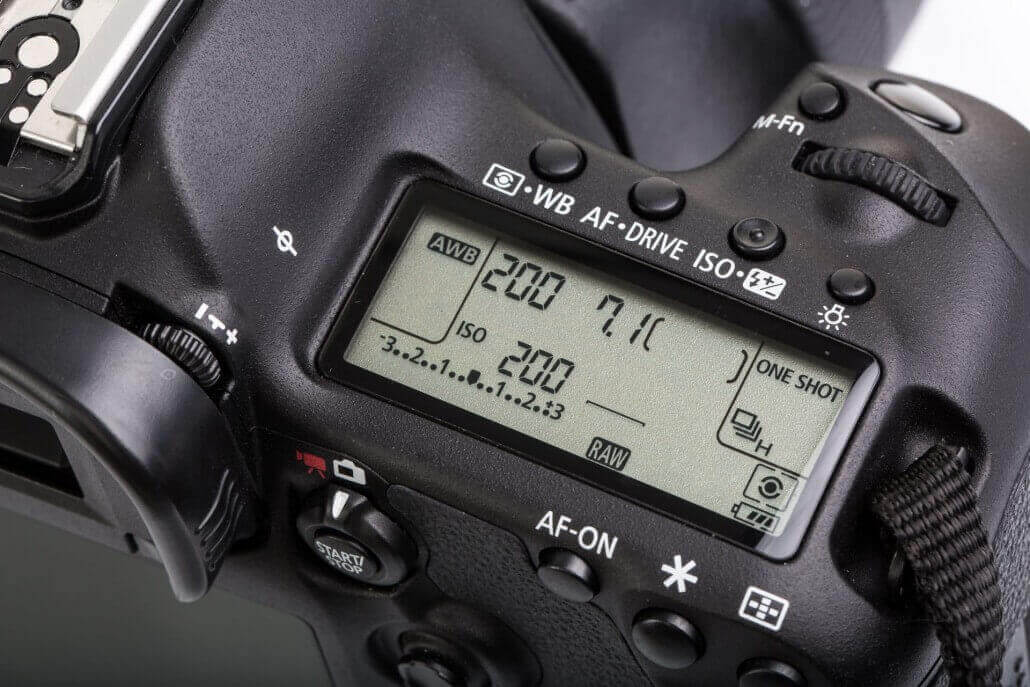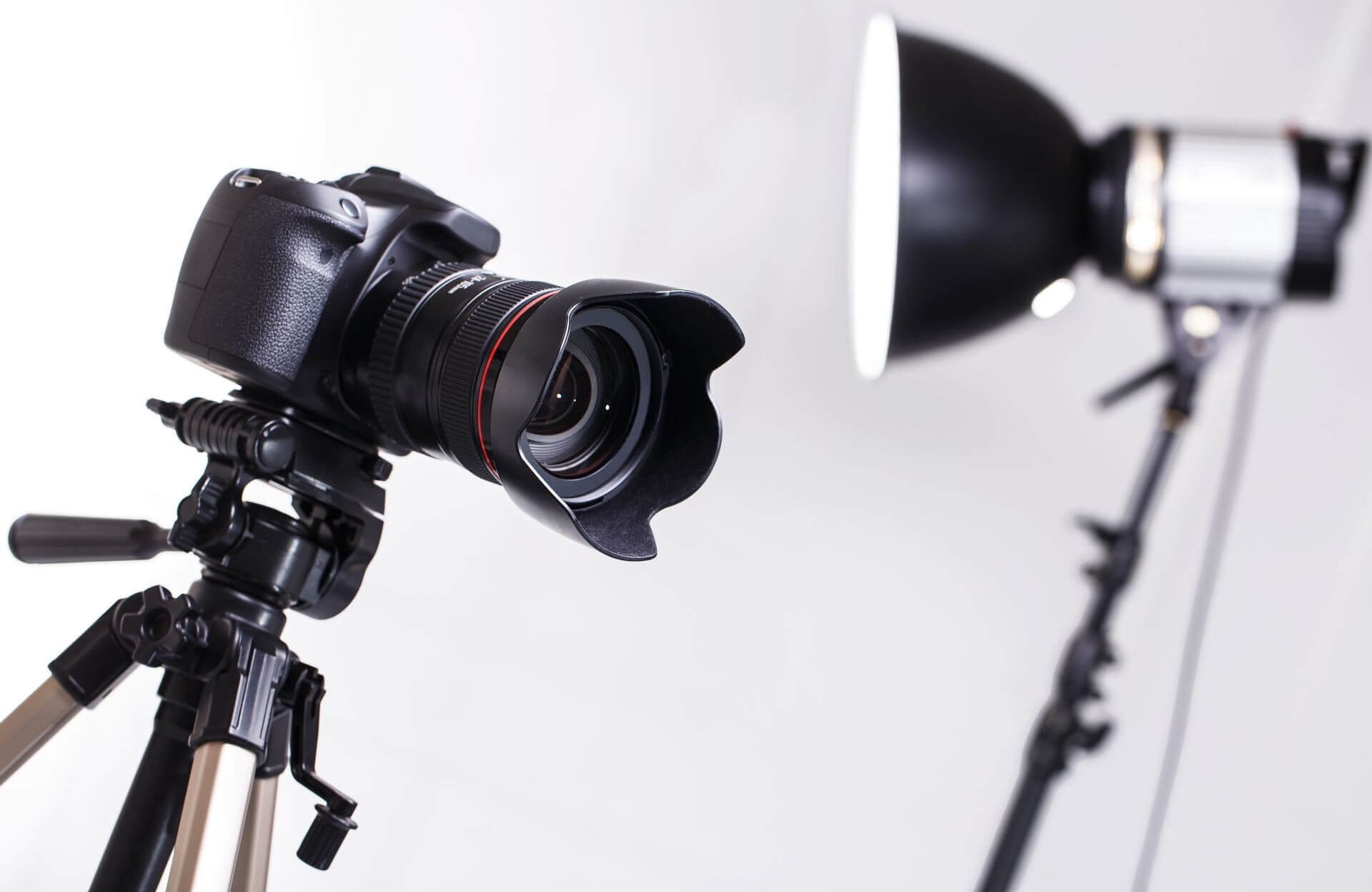
ISO Explained in Detail – the Light Sensitivity of Cameras
Everyone’s heard of it, yet its exact meaning is not as well known: ISO values. Besides the aperture and exposure time of a camera, the ISO value plays a very important role in both analogue and digital photography.
Even in the days of analogue photography, ISO values were of great importance. In this case, the ISO value stands for film speed and indicates how sensitive the film is to light, that is to say, the ISO value tells the photographer how much light they will need when photographing. Thus, in these times, the photographer had to have a good idea about what kind of lighting conditions were going to be present during the shoot, because changing out film in the middle of a shoot could be quite arduous.
Things have been made much easier with digital cameras. Here, the ISO setting indicator shows the photographer how light-sensitive the image sensor is. The ISO value can be changed in the settings menu and can always be changed instantly to adapt to changing lighting conditions. Also, many digicams offer the option of using an automatic ISO setting. When this setting is used, the camera automatically tries to use the most optimal ISO setting for each picture.
The abbreviation ISO stands for International Organization for Standardization and is an international standard-setting body made up of numerous national standards organizations. Before its founding, national abbreviations were used to describe film speed. A couple of examples of these were the DIN (Deutsches Institut für Normung / German Institute for Standardization) and the ASA (American Standards Association). Nowadays, only the ISO value is indicated.
Using the Right ISO Value
By default most cameras use an ISO value between 100 and 200. These values indicate a lower light sensitivity and are most suitable to use when there is a good amount of light available when photographing. Setting the ISO value becomes a bit more difficult when the lighting conditions are not that optimal. If you still want to use an ISO value of 100 in this case, you’ll have to either open the aperture more or increase the exposure time. If you increase the exposure time and don’t use a tripod, however, you can quickly end up with blurry photos.
In order to combat camera shake, you can also raise the ISO value on your camera to increase the light sensitivity of the image sensor. When doing this, you’re basically “tricking” the sensor into thinking the motif is brighter than it actually is. So, you’ll need less light to take a decent photo. When altering the ISO value setting, the shutter speed is also affected. When changing the ISO value from 100 to 200, the exposure time is halved. Thus, if the shutter speed beforehand was 1/125, it would now be 1/250.
Camera manufacturers give different recommendations for using various ISO settings in different kinds of lighting conditions. Basically, one can assume that the values between 100 and 200 are suitable for taking pictures in well-lit surroundings. In cloudier conditions, an ISO value between 400 and 800 is more suitable. When photographing at night or in very dark rooms, an ISO setting of 800+ should be used. These guidelines are especially helpful when you can’t use a flash when photographing, such as at a concert or in a poorly-lit museum.
A Drawback of Using a Higher ISO Value – Image Noise
You might think that using a higher ISO value is the solution for all of your lighting problems. However, there’s a catch. The higher the ISO value is, the greater the likelihood that image noise will appear in your photos. Especially inexpensive camera models will begin producing unusable results when the ISO value is set at 400 or higher.
The reason for this so-called image noise appearing is the interference experienced by the image sensor. When raising the ISO value, the sensitivity of the image sensor also rises. This also increases the possibility of interference. The higher the ISO value is, the more visible this image noise will appear in your photo in the form of colour and brightness discrepancies. These white or colour faulty pixels are primarily visible in darker sections of your photo.
If some image noise is visible in your photo, this can be partially fixed retrospectively with special programs. Paid software like Photo Ninja or Neat Image allow you to edit your data in RAW format. In order to do this, of course, your camera has to be capable of producing images saved in RAW format. One must keep in mind, however, that the image noise that appears in your photo can never be completely eliminated.
Go Easy on the ISO
As we’ve already described, high ISO values can lead to unwanted image noise in your photos. The lower the selected ISO setting is, the clearer your photos will appear. When using an ISO value of 50, the image noise isn’t visible. For this reason you should be careful when you decide to adjust the ISO value on your camera.
You can also regulate the amount of light the image sensor receives by adjusting the aperture and exposure time. You can also adjust these values and use a tripod. If you don’t have a tripod available, you can use a wall or solid structure to stabilise yourself when photographing. This can help prevent unwanted camera shake.

